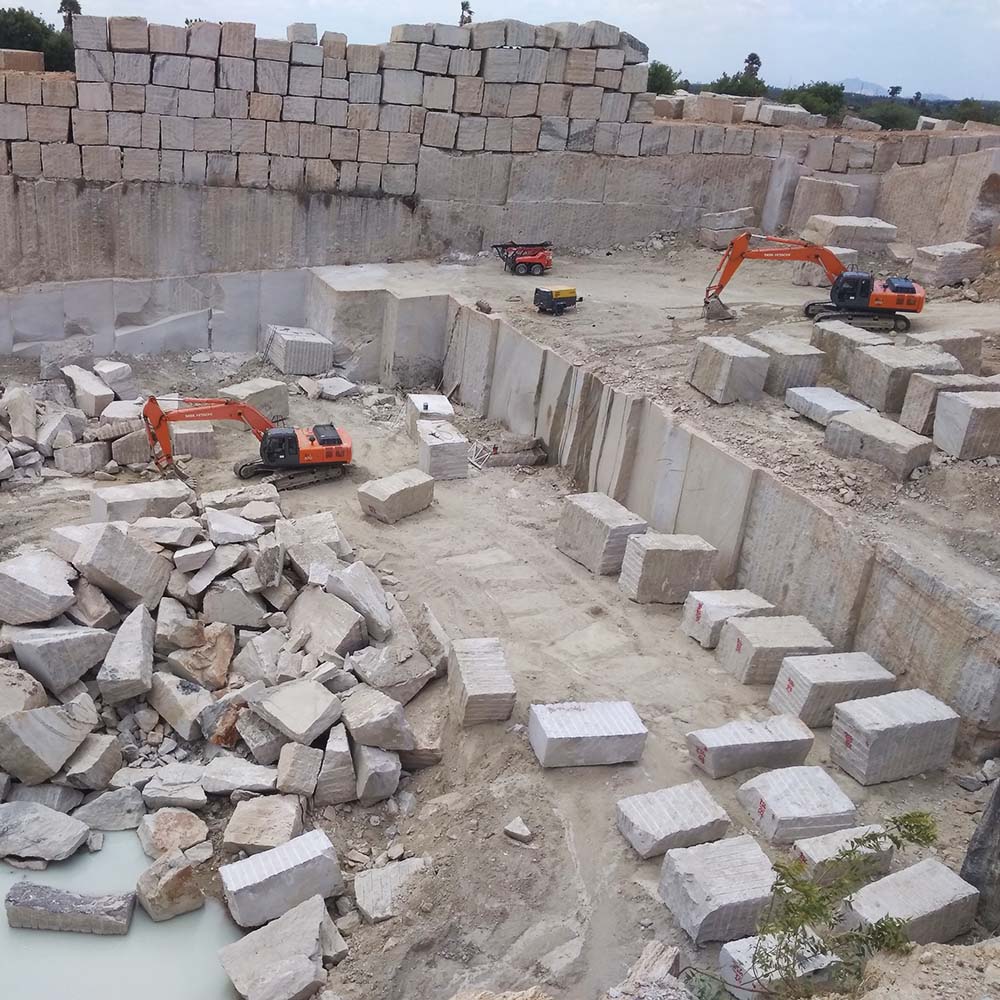Uncovering the Beauty of Granite Quarry in South Africa Wonders
Uncovering the Beauty of Granite Quarry in South Africa Wonders
Blog Article
Uncovering the Rich Background and Sustainable Practices of Granite Quarrying
As we stand on the precipice of discovering the intricate tapestry of granite quarrying, a trip via time exposes not simply the physical act of extracting rock but likewise the social and historical importance woven right into the very material of this technique. From the ancient beginnings that laid the structure for modern quarrying methods to the lasting practices that are shaping the future of this industry, each chisel mark on granite surface areas narrates waiting to be uncovered (granite quarries in south africa). The legacy of granite quarrying stretches much past mere extraction; it is a testament to human resourcefulness, strength, and the enduring allure of this marvelous stone
Ancient Origins of Granite Quarrying
Dating back to ancient human beings, the practice of quarrying granite has been an indispensable component of human history and architectural improvement. The earliest evidence of granite quarrying go back to ancient Egypt, where massive pyramids and complex sculptures were crafted from this resilient stone. The Egyptians used primitive devices to draw out granite blocks from quarries, showcasing the relevance of this product in their monumental constructions.
Progressing in history, the Greeks likewise made considerable contributions to the quarrying of granite. The Greeks utilized granite in different architectural marvels, such as temples and statues, demonstrating their skill in shaping and sculpting this durable rock. The Romans even more fine-tuned the methods of quarrying granite, utilizing advanced tools like chisels and hammers to remove and form granite for their famous frameworks.
With the centuries, the method of quarrying granite has evolved, with modern innovations improving effectiveness while preserving the timeless allure of this all-natural stone - granite quarries in south africa. From ancient civilizations to modern building contractors, the tradition of granite quarrying continues to shape our globe
Development of Quarrying Methods
The evolution of quarrying strategies has actually been marked by a continual development in the direction of higher efficiency and accuracy in drawing out granite. From the basic methods used by our ancestors to the innovative innovations utilized in modern-day quarrying operations, the sector has actually undergone substantial developments. Early quarrying techniques entailed manual work with basic tools such as chisels, hammers, and wedges to extract granite blocks from the planet. As civilizations advanced, methods like fire-setting and primitive explosives were presented to help with the removal process.
In even more current times, the introduction of equipment transformed the quarrying market, making it possible for quicker removal prices and raised productivity. Technologies such as diamond cord saws, high-pressure water jets, and pneumatically-driven drills have actually become common in modern quarries, enabling for precise cutting and lowered waste. Additionally, improvements in this article computer-controlled tools and 3D modeling have enhanced quarrying procedures, leading to minimal environmental influence and boosted sustainability practices. As the demand for granite remains to climb, the advancement of quarrying methods continues to be integral to meeting industry needs efficiently and sustainably.
Cultural Significance of Granite
Granite holds an extensive cultural significance throughout various worlds due to its enduring visibility in architectural work of arts and admired monoliths. The cultural value of granite prolongs beyond its physical qualities; it embodies strength, stability, and timelessness, making it an icon of enduring heritages and traditions.

Sustainable Practices in Quarrying
Amidst the abundant background of granite quarrying and its social relevance lies an expanding focus on sustainable methods within the industry. As ecological understanding and issues concerning source depletion have heightened around the world, the quarrying market has article source significantly accepted sustainable methods to decrease its effect on the setting and surrounding communities.

Furthermore, improvement and rehabilitation of quarry sites post-extraction are integral to sustainable practices. By restoring quarried areas to a natural or useful state, such as producing wildlife habitats or recreational rooms, quarriers can offset the environmental footprint of their procedures and add favorably to he said the regional community.
Tradition of Granite Quarrying
With a historic backdrop steeped in workmanship and commercial development, what withstanding effect has granite quarrying left on the landscape of contemporary society? The legacy of granite quarrying goes beyond simple extraction techniques; it has actually formed building marvels, city landscapes, and social heritage worldwide. The resilient nature of granite has made it a preferred choice for monoliths, buildings, and infrastructure, standing as a testimony to the skill and artistry of quarry workers across generations.
Moreover, the economic impact of granite quarrying can not be overlooked. The industry proceeds to offer job opportunity and drive regional economic climates in areas where granite extraction is widespread. It has likewise stimulated technological innovations in quarrying methods and equipment, bring about much more reliable and sustainable techniques.
In regards to sustainability, the legacy of granite quarrying includes initiatives to mitigate environmental effects via reclamation jobs and liable source management. By balancing financial passions with environmental stewardship, the market aims to make certain that future generations can remain to gain from this enduring natural deposit.
Verdict

Report this page